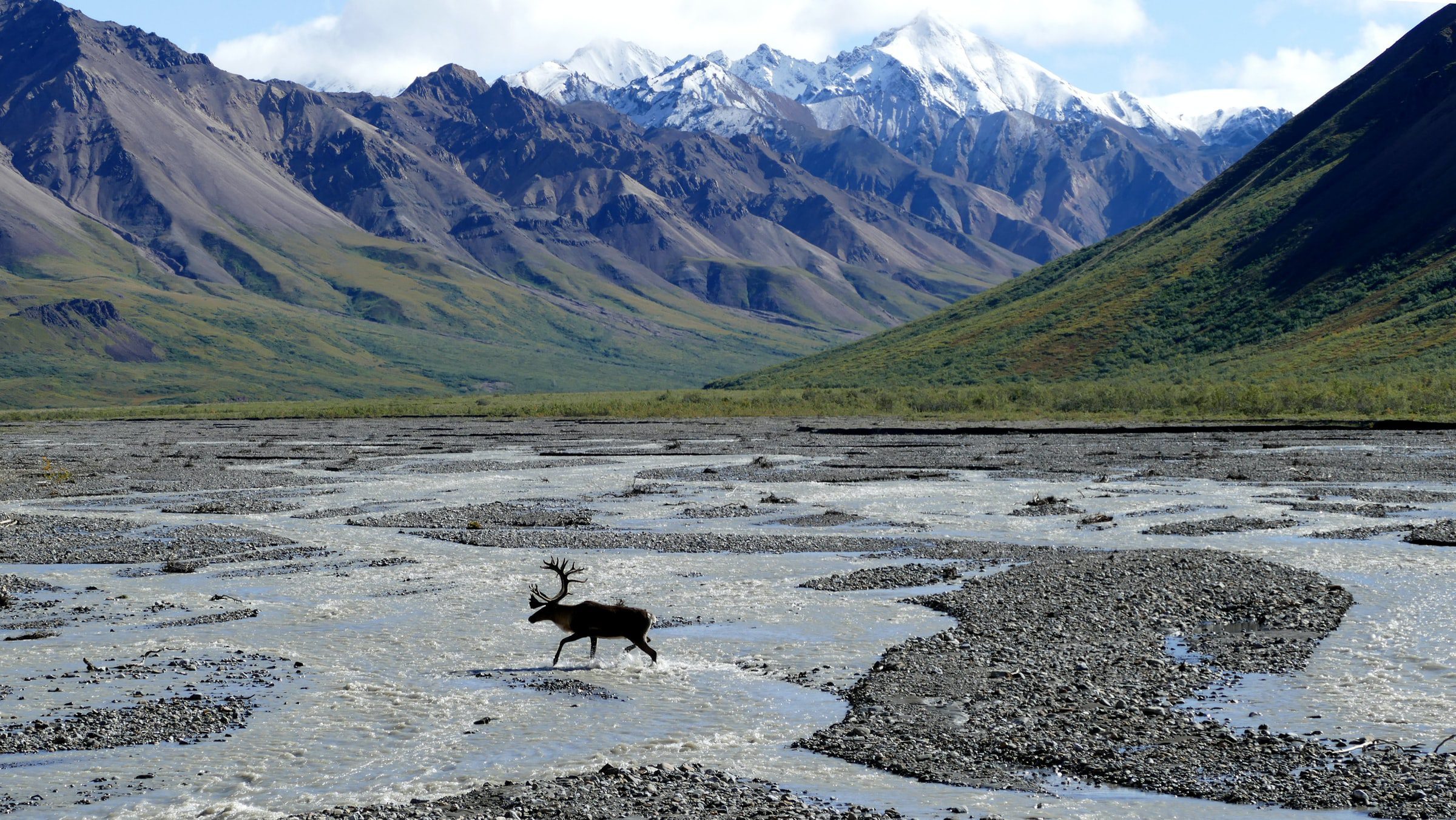Both Alaskan senators voted to approve the Infrastructure Bill to boost broadband and battery development.
What does a state with igloos and frozen dog sled paths have to do with infrastructure? Well, according to Alaska’s senators Lisa Murkowski and Dan Sullivan (as well as anyone who’s ever been to the state), quite a lot. As the current administration’s federal infrastructure bill sits in the House of Representatives for debate, it’s worth examining what’s in the $1.2 trillion proposal.
After months of negotiation between a 22-senator bipartisan committee, the bill’s price tag was reduced from the originally reported $2 trillion-plus number. The bipartisan compromise represents a mutual understanding between progressives, who are urgent to give the nation a much-needed facelift on roads, bridges, and clean energy and conservatives, who also support infrastructure investments, but wanted to keep a steadier hand on pocketbooks following a year of unprecedented stimulus spending. Sen. Murkowski, one of the 11 Republicans present in the negotiating committee, has made sure to note the bill’s elevated place in history. “What we are presenting to the Senate is truly historic in its proportions,” said Murkowski. Like West Virginia’s Sen. Manchin, Sen. Murkowski was instrumental in steering the spending away from things deemed superfluous, and instead focused on traditional infrastructure. “This is truly legacy infrastructure that we’re speaking about.”
Alaska is poised to receive over $4 billion in federal funds, not including additional funds that the state can compete for through various federal programs based on state-by-state needs. As much as three-quarters of that total – around $3.5 billion – will be repairs and upgrades to state roads. That amount will come over five years and includes $225 million to fix or replace the 140 Alaskan bridges that are categorized as structurally deficient. Greater funding will eventually be required for updates to the more than 800 bridges open to the public across the state that are considered ‘not good’ by researchers. In the meantime, it is the smaller portion of actively damaged bridges that are in immediate need due to their vulnerability to the seasonal freezing effects of a harsh northern climate. An additional $362 million is expected to be allocated to Alaska for public transportation upgrades over the next five years through a program from the Federal Transit Administration. Finally, an undisclosed amount of funding will be made available for renovations to sections of the Alaska Highway running between the state border and Haines Junction, Yukon.
The remaining funding touches on everything from mines and traditional energy sources, to water sanitation and broadband infrastructure. As part of a nearly $5 billion federal program for cleanup of abandoned mines and oil wells, Alaska’s regional tribes will be eligible to receive $150 million for their participation. At least another $6 billion is being set aside for investments in a domestic supply chain for battery materials, including grants for processing facilities and federal loan guarantees for mining projects involving graphite and other materials. Should Alaska embark on mining projects for lithium-ion battery materials, the state will be eligible for this program.
Alaska will receive $180 million over five years for upgrades and repairs to the state’s drinking water and wastewater infrastructure. Portions of another $13 billion will be made available to eligible communities within the state through agencies like the Indian Health Services, federal Clean Water and Drinking Water programs, and the Environmental Protection Agency’s Alaska Native grants for villages.
A significant investment will be to develop Alaska’s broadband infrastructure to ensure it’s on par with the rest of the nation. The $100 million that Alaska receives will be a part of a much greater nationwide push for a robust, reliable internet connection nearly anywhere. The $42 billion federal investment will target America’s rural areas first, with additional programs for specific communities. One such program, the Tribal Broadband Connectivity Grant, will allocate a chunk of its $2 billion to Alaska Native tribes.





